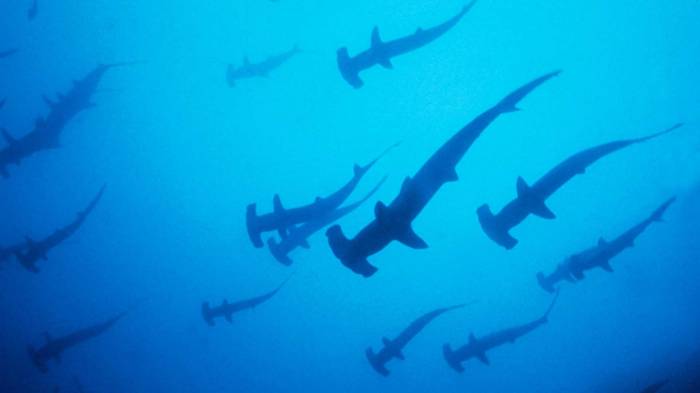The Blue Planet Seasonal Seas Worksheet Answers provide a comprehensive understanding of the dynamic relationship between Earth’s seasons and its seas. Embark on a journey to unravel the mysteries of seasonal seas, exploring their unique characteristics, environmental influences, and ecological significance.
This meticulously crafted worksheet delves into the fundamental concepts of Earth’s tilt and orbit, deciphering the interplay between temperature, precipitation, and daylight hours that shape the planet’s seasonal tapestry. Dive into the depths of Earth’s vast oceans and seas, discovering their distinct features and immeasurable value to life on our planet.
Blue Planet Overview
The term “Blue Planet” originates from the appearance of Earth from space, where it stands out as a vibrant blue sphere. This unique characteristic is attributed to the abundance of water on its surface, covering approximately 71% of the planet.
Earth’s blue hue is a result of the interaction between sunlight and the water molecules in its oceans and atmosphere. The blue wavelength of light is more efficiently scattered by these molecules, giving Earth its distinctive color.
Seasonal Variations on Earth

Seasons are caused by the Earth’s tilt and its orbit around the Sun. As Earth’s axis is tilted away from the Sun, different parts of the planet receive varying amounts of sunlight throughout the year.
| Season | Temperature | Precipitation | Daylight Hours |
|---|---|---|---|
| Spring | Increasing | Moderate | Increasing |
| Summer | Highest | Lowest | Longest |
| Fall | Decreasing | Moderate | Decreasing |
| Winter | Lowest | Highest | Shortest |
Seasonal changes impact plant and animal life. For example, plants undergo dormancy during winter to conserve energy, while animals may migrate or hibernate to survive harsh conditions.
Seas and Oceans: Blue Planet Seasonal Seas Worksheet Answers

Seas and oceans are vast bodies of saltwater that cover much of Earth’s surface. Seas are smaller than oceans and are partially enclosed by land, while oceans are larger and more open.
- Major Oceans:Pacific Ocean, Atlantic Ocean, Indian Ocean, Arctic Ocean, Southern Ocean
- Major Seas:Mediterranean Sea, Caribbean Sea, North Sea, Baltic Sea, Red Sea
- Benefits and Importance of Seas and Oceans:
- Provide food and resources
- Regulate Earth’s climate
- Support diverse marine ecosystems
- Facilitate transportation and trade
Seasonal Seas

Seasonal seas are bodies of water that appear and disappear depending on the season. They form in areas where rainfall or snowmelt fills low-lying depressions.
- Examples of Seasonal Seas:
- Lake Eyre in Australia
- Chott el Jerid in Tunisia
- Salar de Uyuni in Bolivia
Environmental factors influencing the formation and disappearance of seasonal seas include precipitation, evaporation, and temperature.
Popular Questions
What is the origin of the term “Blue Planet”?
The term “Blue Planet” originates from Earth’s appearance from space, where its vast oceans and water bodies give it a predominantly blue hue.
How do Earth’s tilt and orbit affect seasons?
Earth’s tilt and orbit around the sun determine the amount of sunlight different regions receive, resulting in variations in temperature and precipitation that define the seasons.
What are the key differences between seas and oceans?
Seas are smaller than oceans and are partially enclosed by landmasses, while oceans are vast bodies of salt water that cover most of Earth’s surface.